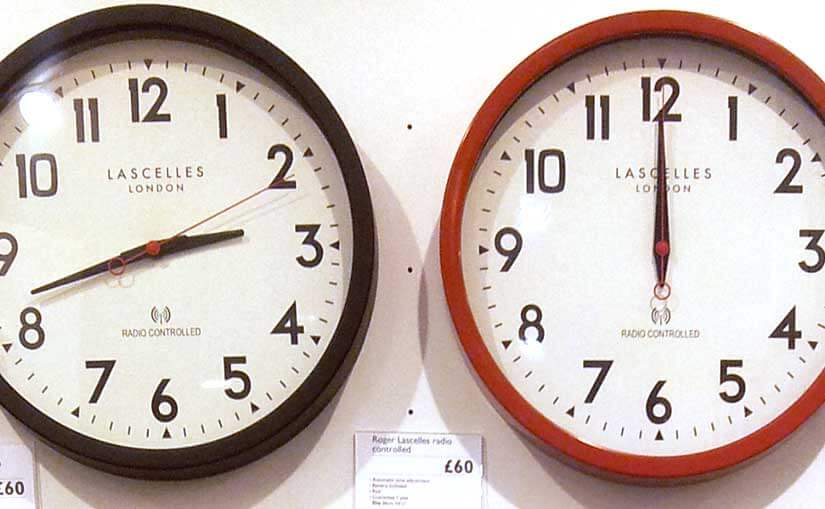What do you do with a cesspool clogged by calcium? How do you gauge a good home? A good living space is clean, secure, healthy, and sanitized. When you retire from a day of hard work, you want to go home to a place that is pleasant—your sanctuary. To a homeowner, it can be taxing to maintain your own property. Apart from the mortgage, you have to prepare for your repairs and replacements. One of the most important elements to care for in your property is your cesspit. A cesspit is an old version of the modern septic system. It is similar to the septic system but it doesn’t have an outflow pipe. Instead, it is surrounded by perforations that allow the pre-treated effluent to flow into the surrounding soil absorption system. Normally, it collects the raw wastewater that your household produces. Then, the anaerobic bacteria breakdown the solid waste materials until the clear effluent could safely return to the environment.
Like any system, a cesspit can encounter many problems like clogs. Below are some of the causes of cesspit clogs:
• Invasive roots
Trees and other hardwood plants are living organisms that need a consistent flow of nutrients and water. The closest source is your cesspit. When the roots invade the cesspit, they crack the outer walls. This makes rainwater and sediments enter the system, clogging the treatment process.
• Excess water load
Excess water load from heavy rains, washing machines, and dishwashers causes clogging in the cesspit. It stirs up the solid waste materials, retarding their decomposition. The solid waste materials remain in the cesspit and stay there and clog the system. The solid wastes clog the perforations around the cesspit. They are even pushed into the soil and cause clogs and failure.
• Soil compaction
Treating the cesspit area as a storage facility, a driveway, or a parking lot is not a good thing. It subjects the cesspit’s components to heavy weight. It then breaks the cesspit’s parts, allowing debris to enter the system and leaks to cause wastewater backflow.
• Improper waste disposal
There are homeowners who carelessly dispose non-biodegradable materials into toilets and drains. They sometimes use waste disposal units thinking they crush the plastic or grease particles but these still remain non-biodegradable. The bacteria are not able to decompose these substances so they stay in the cesspit to clog everything.
• Ettringite formulation
Calcium sulfoaluminate or ettringite accumulate on the cement reinforcement of the cesspit. The main cause of this is the anaerobic digestion (fermentation) by the thiocillus bacterium. The byproduct of this is hydrogen sulfide gas that fills the headspace of the water line. It then dissolves in water to form sulfuric acid. The sulfuric acid forms ettringite and this corrodes the cement reinforcement of the cesspit. Once the reinforcement is eaten up, the metal components are liable to deteriorate. When the metal parts are deteriorated, excess water and debris enter the system. Leaks will then occur and prevent raw wastewater from being treated properly.
Knowing how calcium can clog a cesspit can help you become a more savvy homeowner and will also help you find ways to make the system more effective. Talk to your septic expert about installing an aeration system that could counter the formation of sulfuric acid. Additional oxygen in the cesspit will fill the headspace instead of hydrogen sulfide. The thiocillus bacteria will still produce hydrogen sulfide but it will only be in low levels. In the end, ettringite will not be formed on the cement reinforcement of the system anymore and the metal components will be protected from heavy deterioration.
You should use a biological additive and consult with with your septic expert so that the system will always be optimal. Regular maintenance can keep your cesspit flowing for decades to come. Ultimately, caring for your cesspit will help make your home an ideal place to live in.

